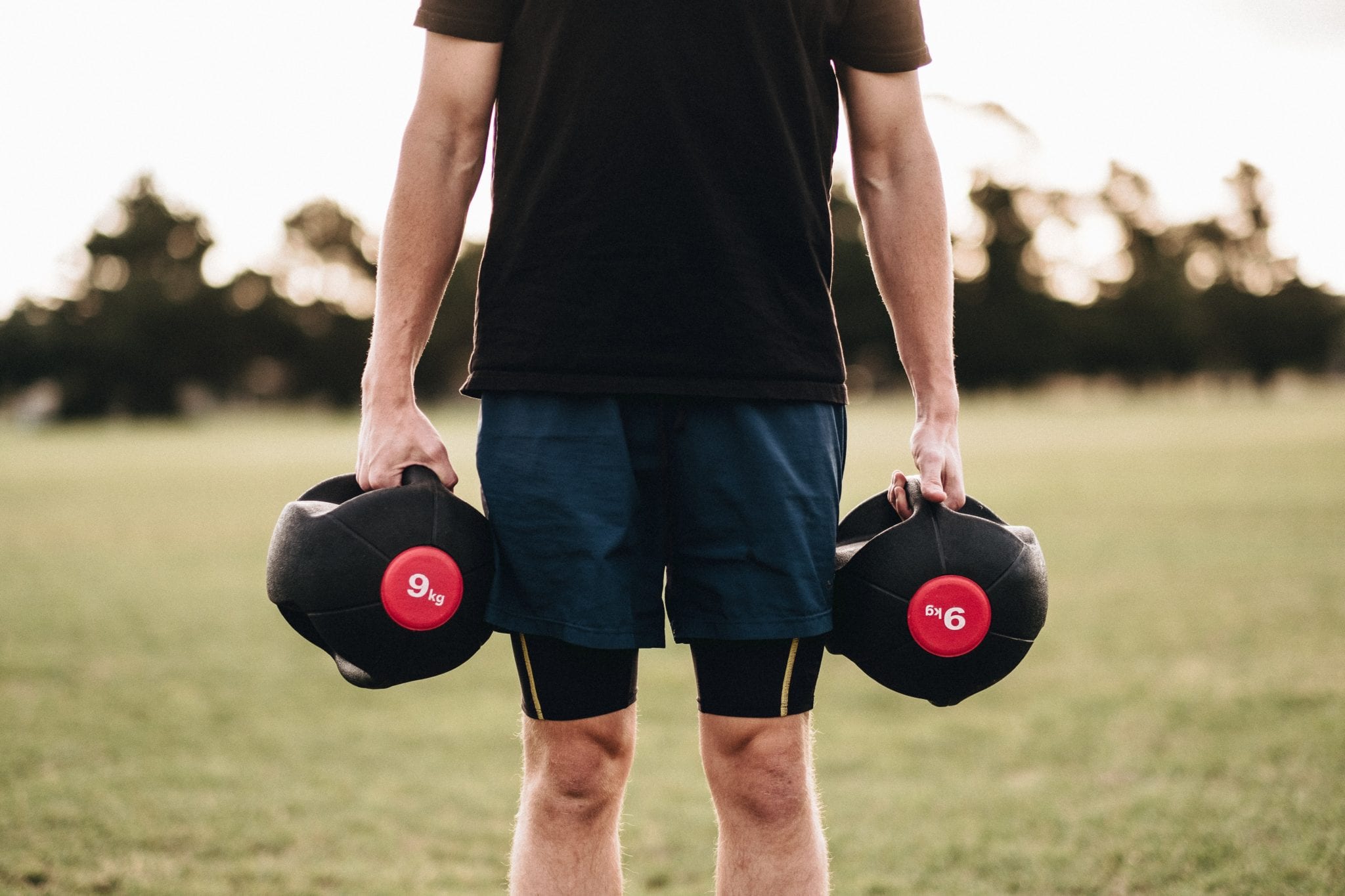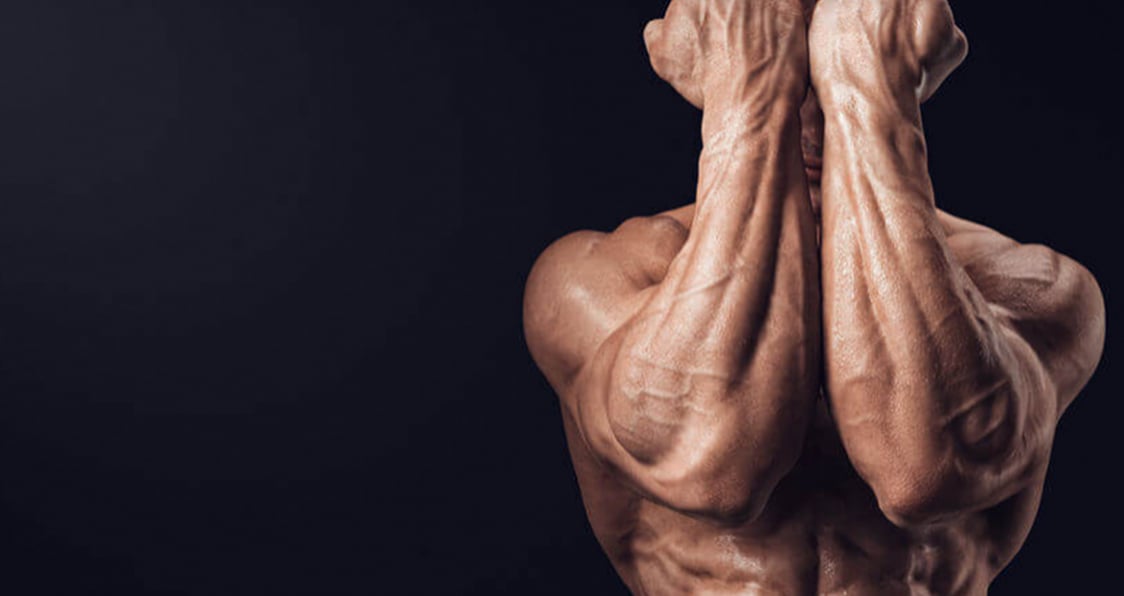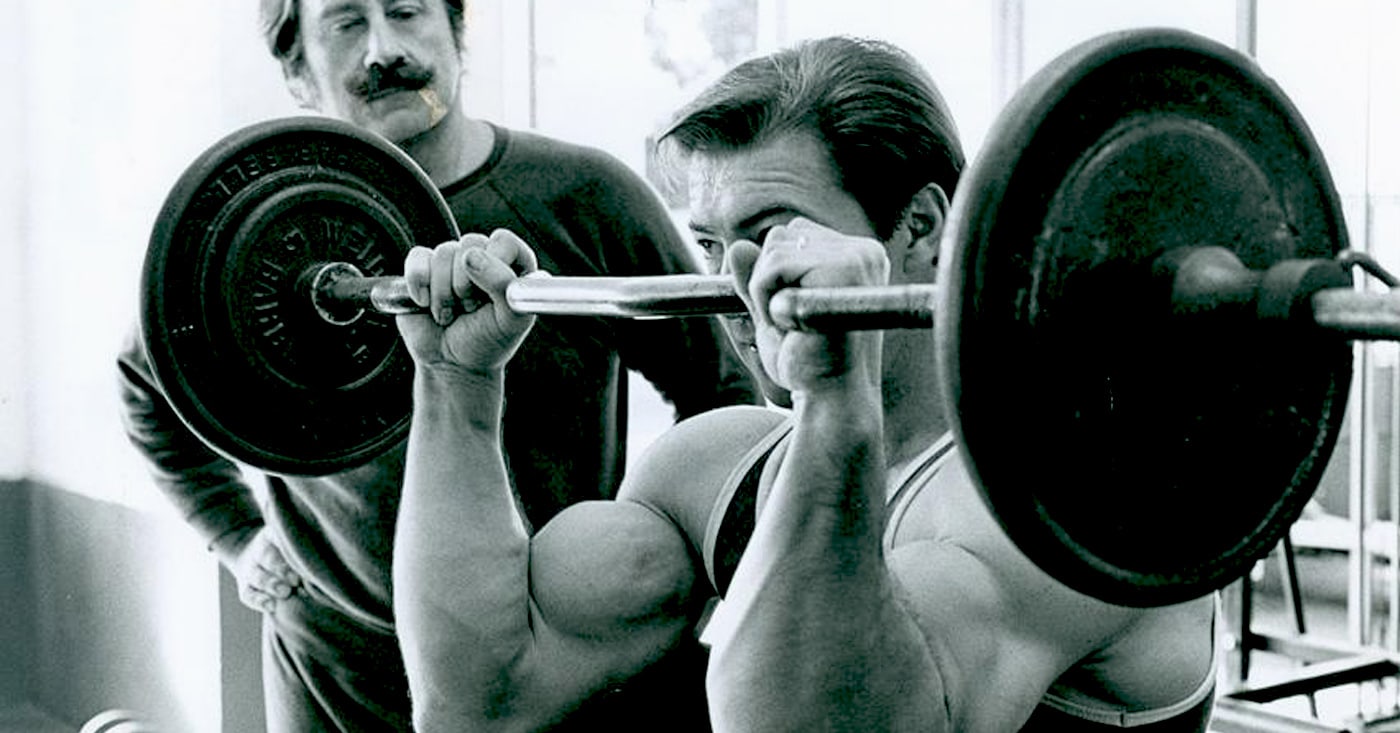Here is why you should train forearms.
The forearms, like the good old calf muscles, is so often an afterthought for many, as it is often tacked onto the end of an upper body workout and given minimal intensity of stimulation to grow, and then there is some of you don’t even do that and simply don’t train those muscle groups. Shame on those people.
But when it comes to forearms, is it worth training them outside of the bedroom? Should you dedicate a whole session to training that one small muscle group? Is there any point?
Well actually there is.
Benefits Of Forearms Training
Can help with grip strength:
Training forearms will help increase your grip strength which will in turn help you lift, carry and hold heavier loads. So you can add heavier loads to your bicep curls and tricep skull crushers.
Improve strength when lifting:
As mentioned above, you will be able to lift heavier loads as your forearms and grip will not fail you, one example being grip strength during a heavy deadlift.
Give your physique a more balanced look:
When you put on your extra small Generation Iron t-shirt, having symmetrically balanced and muscular forearms will give your physique a more well rounded look, and will make your arms look more swole.
Forearm exercises:
Below I have complied a selection of exercises that will help amp up your forearm routine.
Palms Up Wrist Curls
- This can be performed with either dumbbells or a bar
- Start by sitting on a flat bench with the bar or dumbbells in hand
- Then with the palms supinated (facing upwards), place your forearms on your legs or on the edge of the bench
- Allow the wrists to hang off slightly
- Then curl your wrists upwards ensuring your feel the contraction
- Then bring the weight back down
- And repeat accordingly
Kettlebell Radial Deviation
- You can do this sitting, standing or even laying down
- Start by holding a kettlebell with a neutral grip (palms facing each other)
- Elbows bent
- Hold the kettlebell from handle end
- Then curl or flex your wrists towards your body
- Then lower the weight back down
- And repeat accordingly
Kettlebell Ulnar Deviation
- So this is the exact opposite to radial deviation
- This is best performed when standing up
- Again with a neutral grip, holding the kettlebell
- Flex your wrists backwards (aim the pinky towards your elbows)
- Then bring the weight back down
- And repeat accordingly
Kettlebell Forearm Flips
- This can be done laying down or on a bench
- With a neutral grip holding the kettlebell from the handle
- Slowly tip the cast iron bell side to the left, allowing it to gently touch the floor or bench
- Then slowly tip it back to the right hand side
- Ensure you are controlling the movement
- This is a unilateral movement, so take time performing each arm with the right intensity

Farmers Carry
- For this you will need a kettlebell (or dumbbell) for each hand
- Hold the weight, stand up straight, chest up, keep the shoulders level on both sides and the core tight
- Eyes looking ahead with head upright, slowly begin walking forward at an even pace
- Complete a lap, or a set amount of steps then come to a stop
- Take a brief rest and continue again
Trap Bar Carry
- Similar to the farmers carry, this will be done using a trap bar
- Simply load the trap bar with the desired weight
- Deadlift the weight up
- Stand upright keeping the core tight
- Then slowly begin making you walk
- And again, like the farmers walk, take a brief rest period and continue
Kettlebell Bottoms Up Carry
This is a fun one that involves a lot of core and technique to complete.
- Grab a kettlebell and hold if from the handle end
- Then (using one hand), hold it upside down so the weighted ball is at the top
- The position of your arm should be that of a L shape, where the elbow is being and the head of the kettlebell is just above your head
- Brace the core, keep it tight, keep your head up, and your eyes looking ahead of you
- Similar to the farmers and trap bar carries, start walking in a straight line ahead of you
- Use your other arm to ensure you stay balanced (make sure the other hand does not touch the kettlebell)
- Reach your desired distance then switch hands and walk it back
- Repeat as many steps/ walks as desired
Reverse Bicep Curls
- Similar to a regular bicep curl, this will be done with the palms pronated (facing downwards)
- Using either dumbbells or bar, complete the bicep curl ensuring full contraction
- The forearm will be targeted as well as the biceps
- Slowly lower back to the resting position
- And repeat again accordingly
In Conclusion
You don’t need to dedicate a whole training session to this one muscle, but maybe try hitting it at the start of a chest, arm or even back day, so you are able to hit it with the necessary intensity, or even still, hit it multiple times in one training week.
Whatever you decide to do, just ensure you hit it with intensity and get the mind to muscle connection on point.
So until next time, keep pumping!
For more news and updates, follow Generation Iron on Facebook, Twitter, and Instagram.
References
https://www.ncbi.nlm.nih.gov/books/NBK536975/
https://www.ncbi.nlm.nih.gov/pmc/articles/PMC2254413/
https://www.ncbi.nlm.nih.gov/pmc/articles/PMC4540837/
https://www.ncbi.nlm.nih.gov/pmc/articles/PMC3831787/










